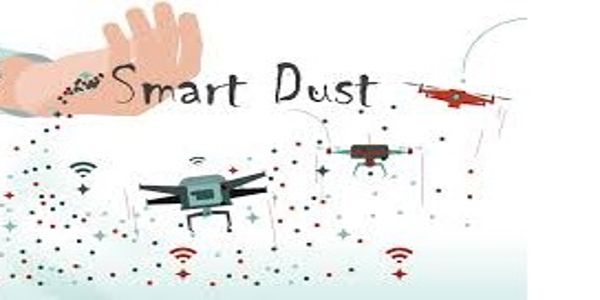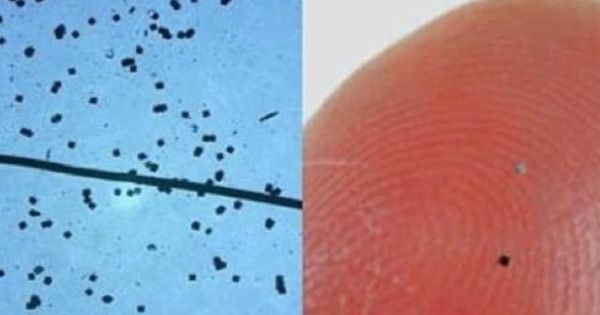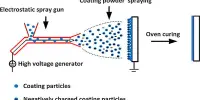Smartdust is a system of many tiny microelectromechanical systems (MEMS) such as sensors, robots, or other devices, that can detect, for example, light, temperature, vibration, magnetism, or chemicals. Networks of tiny sensors known as ‘smart dust’ are on the cusp of reinventing the Internet of Things. Outfitted with miniature sensors, MEMS can detect everything from light to vibrations to temperature.
With an incredible amount of power packed into its small size, MEMS combine sensing, an autonomous power supply, computing and wireless communication in a space that is typically only a few millimeters in volume. With such a small size, these devices can stay suspended in an environment just like a particle of dust. They are usually operated on a computer network wirelessly and are distributed over some area to perform tasks, usually sensing through radio-frequency identification. These devices will unlock unprecedented levels of data collection, but their development unearths important security questions.
The future of computing is microscopic. For decades, technology has followed the same pattern: as speed and capability increase, cost and size shrink. These sensors have already transformed the way many sectors collect data, but with more advanced and even smaller technology, they could go much further. Not only could smart dust dive into oil wells; it could also sit on the wings of a butterfly to monitor migration patterns or be deployed inside the human body to oversee the recovery process of broken bones or damaged organs.
Without an antenna of much greater size the range of tiny smart dust communication devices is measured in a few millimeters and they may be vulnerable to electromagnetic disablement and destruction by microwave exposure. The potential of smart dust to collect information about any environment in incredible detail could impact plenty of things in a variety of industries from safety to compliance to productivity.

Smart dust devices work without any human intervention as they are preprogrammed. A number of uses are already being considered: tiny motes of smart dust could be deployed across a farm’s crops to monitor the needs of the plants, from determining watering times to pest control. Elsewhere, smart dust could track bees to find out where they encounter various chemicals that threaten their populations. Countless scientific research projects could be kick-started by the emergence of smart dust. In theory, scientists could send a swarm of smart dust to Mars – or even further into space – to collect data on new interstellar frontiers. Some common applications are –
- Agriculture: Constant monitoring of a crop’s nutritional requirements, watering, fertilization, and pest control.
- Industries: Continuous screening of essential equipment, prompting action regarding its maintenance.
- Security: Wireless monitoring of suspicious people
- Controlling inventory: Tracking products from their manufacturing factories to retail shelves via transport facility would ensure tight inventory control.
- Transport sector: Smart dust transports perishable goods as these materials require constant monitoring.
- Military applications: It helps in accessing activities in remote or inaccessible areas.
- Travel safety: Smart dust technology can play a vital role in ensuring safe traveling.
Information Source:
















